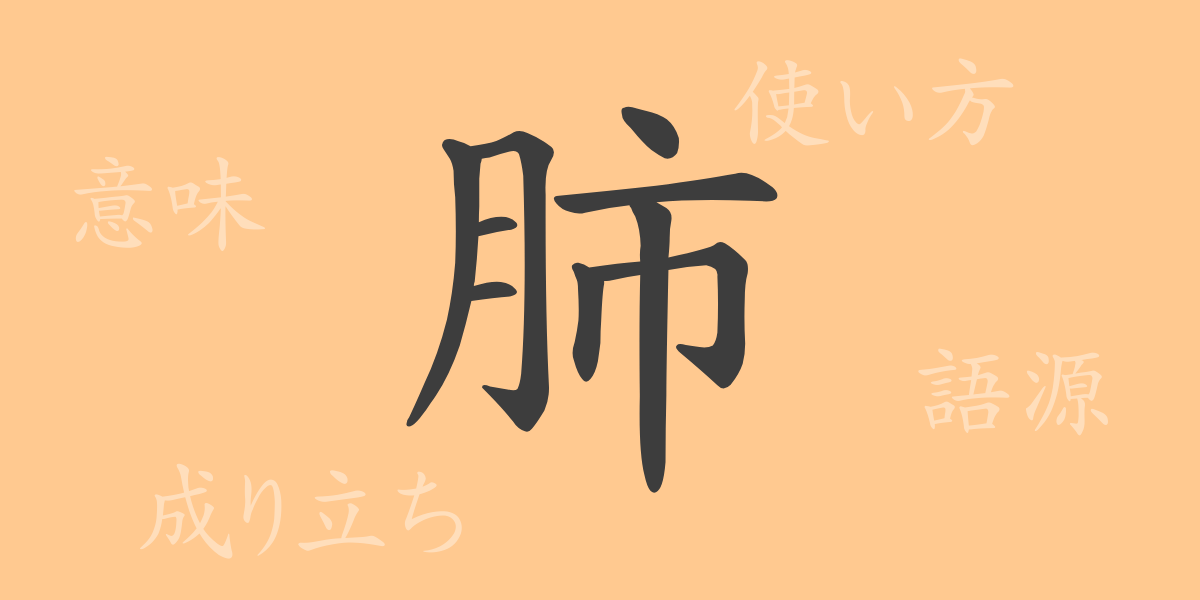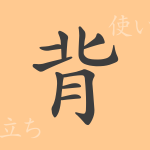Every breath we take activates our lungs, an organ essential to our vitality. But how much do we really know about it? Often used unconsciously, the depth of its structure, meanings, and uses can be astonishing. This article shines a spotlight on the Japanese kanji ‘肺’ (hai), exploring its allure from origins to modern applications.
Origins of 肺 (Hai)
The kanji ‘肺’ originates from ancient China, combining ‘月’ (nikuzuki, indicating internal organs) and ‘市’ (ichi, symbolizing the shape of lung lobes). The character ‘市’ illustrates how lung sections unite to function as one, symbolizing the lung’s composite structure. Ancient myths suggest ‘市’ also relates to deities who would impart moral judgment through the lungs.
Meaning and Usage of 肺
‘肺’ primarily denotes the lungs, the respiratory organs responsible for oxygen intake and carbon dioxide expulsion in animals. In Japanese, it not only refers to this crucial organ but is also used metaphorically. For instance, ‘肺を開く’ (lung opening) means taking a deep breath, and ‘肺活量’ (lung capacity) refers to the volume of air one can inhale or exhale.
Readings, Stroke Count, and Radical of 肺
Details on the kanji ‘肺’ are as follows:
- Readings: On’yomi (Sino-Japanese reading) is ‘ハイ’ (Hai), no Kun’yomi (native Japanese reading).
- Stroke Count: Total of 9 strokes.
- Radical: はらいへん (nikuzuki or the meat radical).
Phrases and Proverbs Involving 肺
The kanji ‘肺’ appears in various idioms and proverbs, reflecting its significance in language:
- 肺炎 (はいえん, pneumonia): An inflammatory condition of the lung tissue.
- 肺活量 (はいかつりょう, lung capacity): The amount of air one can breathe in or out in one breath.
- 肺腑に響く (はいふにひびく, resonate deeply): An expression used to describe feelings that touch one deeply.
Conclusion on 肺
Our lungs not only play a pivotal role in our health but also occupy a significant place in our language. Understanding the structure, function, and linguistic use of ‘肺’ enhances our appreciation of this vital organ. This article’s exploration into ‘肺’ hopefully brings new insight into how we view this fascinating organ that sustains life.

























